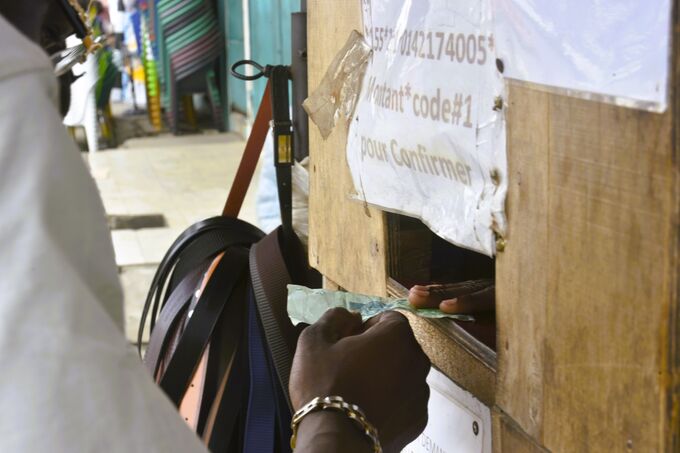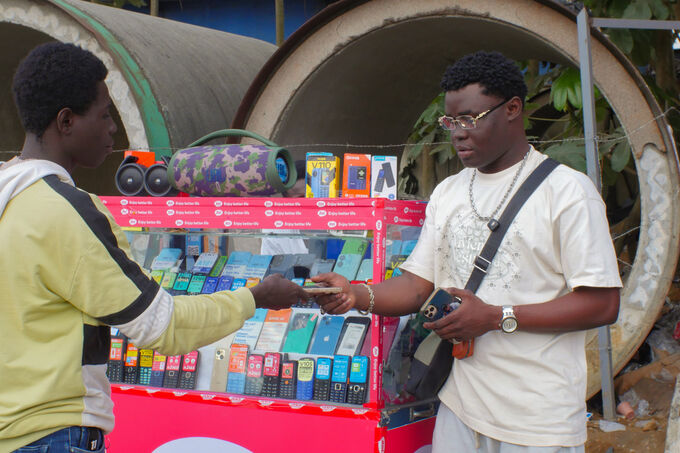
News
Building Inclusive Instant Payments in Africa: Lessons from ZIPIT in Zimbabwe
by Serge Moungnanou, Technical Payment Specialist - 16 June 2025
As Africa accelerates toward a digital financial future, inclusive instant payment systems (IPS) emerge as a powerful force for financial inclusion. In the recent " Unlocking Inclusive Instant Payments in Africa: Lessons from ZIPIT in Zimbabwe " webinar, hosted by AfricaNenda Foundation in collaboration with Zimswitch Instant Payment Interchange Technology (ZIPIT) and the Alliance of Digital Finance Associations (ADFA), stakeholders explored how Zimbabwe’s experience offers valuable insights for other African countries working to make IPS inclusive and impactful.
What Drives Inclusive Instant Payments in Africa?
Lavender Nyamukondiwa from Zimswitch presented the ZIPIT platform and demonstrated how IPS can serve as infrastructure for inclusion when built with the right enablers in mind. Her presentation was further complemented with the experience of Integrated Payment Services Limited (IPSL) Kenya, described by Plounne Oyunge, in building an IPS able to reach underserved rural users.
Several foundational elements emerged from the webinar as key drivers of IPS success and scalability within countries and across the continent.
- Interoperability is central to financial inclusion. ZIPIT enables real-time transfers across banks, microfinance institutions, and mobile money operators via a unified API Gateway. This seamless connectivity allows people to transact regardless of who they bank with, closing gaps in fragmented financial ecosystems.
- Affordability is equally critical. As Faideth Foto from the Electronic Payment Association of Zimbabwe (EPAZ) pointed out, high fees exclude low-income users. ZIPIT addresses this by removing interchange fees and charging only a 1% transaction fee.
- Access across channels ensures equity. ZIPIT works on mobile apps, USSD, ATMs, POS, and web platforms, making it usable even in low-connectivity areas. This multichannel approach brings digital payments within reach of users with basic phones or limited internet access.
- Trust and consumer protection underpin long-term adoption. Charlom Tsiga from Zimswitch emphasized that even short system outages can shake user confidence. To build consumer trust ZIPIT adopted a comprehensive consumer protection framework, aligned with national regulations, and covering safety, security, dispute management, and consumer education.
- Regulatory and ecosystem collaboration have also been vital. By working closely with regulators, financial institutions, and mobile money providers, Zimswitch built a robust, interoperable system that fosters innovation while maintaining oversight. In Zimbabwe, EPAZ plays an essential role of engaging with both the regulators and the financial institutions to encourage compliance and foster cooperation within the financial sector. Both ZIPIT and IPSL have complied with regulations and engaged regulators in building systems that would ensure the protection of the consumer.
The insights above offer a roadmap for other African countries aiming to expand digital financial access to underserved populations.
Shaping the Future of IPS in Africa
Inclusive instant payment systems are not just about speed—they are about dignity, access, and economic empowerment. Zimbabwe’s ZIPIT journey shows that with the right mix of infrastructure, affordability, trust, and collaboration, IPS can bridge financial divides and unlock meaningful participation in the digital economy.
For policymakers, innovators, and financial institutions across Africa, the call is clear: leverage these lessons, build for inclusion from the start, and ensure that digital transformation leaves no one behind.
Missed the webinar? Watch the replay and download the ZIPIT case study to dive deeper into how Zimbabwe is advancing digital financial inclusion. Stay connected with Africanenda, ZIPIT, and ADFA for more insights and regional dialogues.



